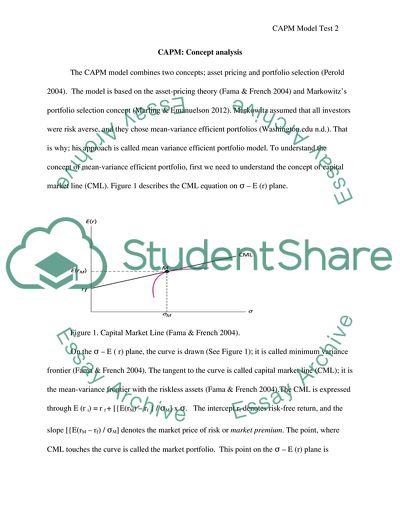Cite this document
(This coursework for the module consists of one piece of work, n.d.)
This coursework for the module consists of one piece of work. https://studentshare.org/finance-accounting/1854415-this-coursework-for-the-module-consists-of-one-piece-of-work-comprising-up-to-2500-words-that-aims-to-test-your-understanding-of-underlying-principles-of-quantitative-research-in-the-social-sciences-with-a-particular-emphasis-on-accounting-and-finance
This coursework for the module consists of one piece of work. https://studentshare.org/finance-accounting/1854415-this-coursework-for-the-module-consists-of-one-piece-of-work-comprising-up-to-2500-words-that-aims-to-test-your-understanding-of-underlying-principles-of-quantitative-research-in-the-social-sciences-with-a-particular-emphasis-on-accounting-and-finance
(This Coursework for the Module Consists of One Piece of Work)
This Coursework for the Module Consists of One Piece of Work. https://studentshare.org/finance-accounting/1854415-this-coursework-for-the-module-consists-of-one-piece-of-work-comprising-up-to-2500-words-that-aims-to-test-your-understanding-of-underlying-principles-of-quantitative-research-in-the-social-sciences-with-a-particular-emphasis-on-accounting-and-finance.
This Coursework for the Module Consists of One Piece of Work. https://studentshare.org/finance-accounting/1854415-this-coursework-for-the-module-consists-of-one-piece-of-work-comprising-up-to-2500-words-that-aims-to-test-your-understanding-of-underlying-principles-of-quantitative-research-in-the-social-sciences-with-a-particular-emphasis-on-accounting-and-finance.
“This Coursework for the Module Consists of One Piece of Work”. https://studentshare.org/finance-accounting/1854415-this-coursework-for-the-module-consists-of-one-piece-of-work-comprising-up-to-2500-words-that-aims-to-test-your-understanding-of-underlying-principles-of-quantitative-research-in-the-social-sciences-with-a-particular-emphasis-on-accounting-and-finance.


